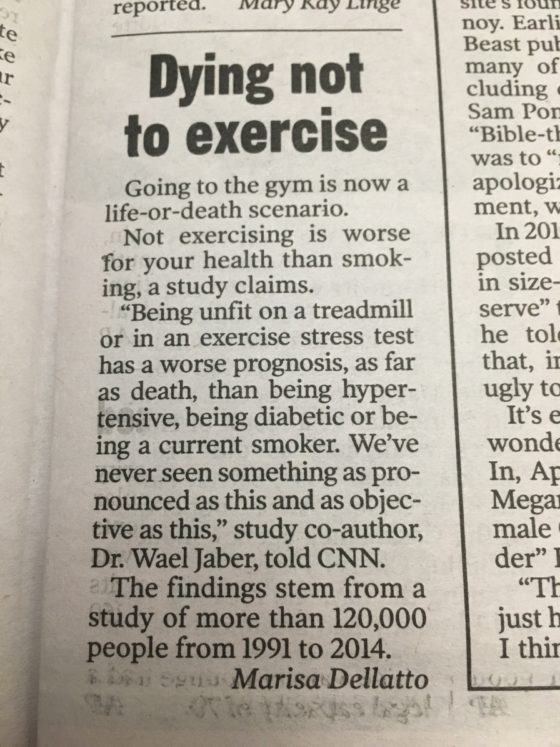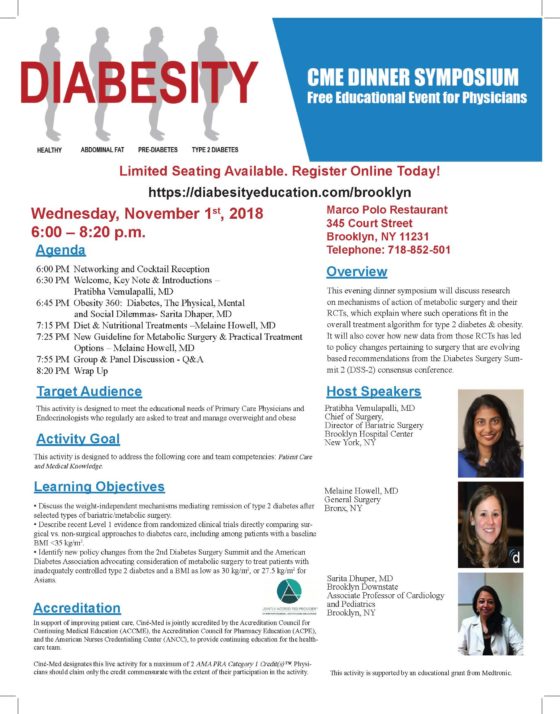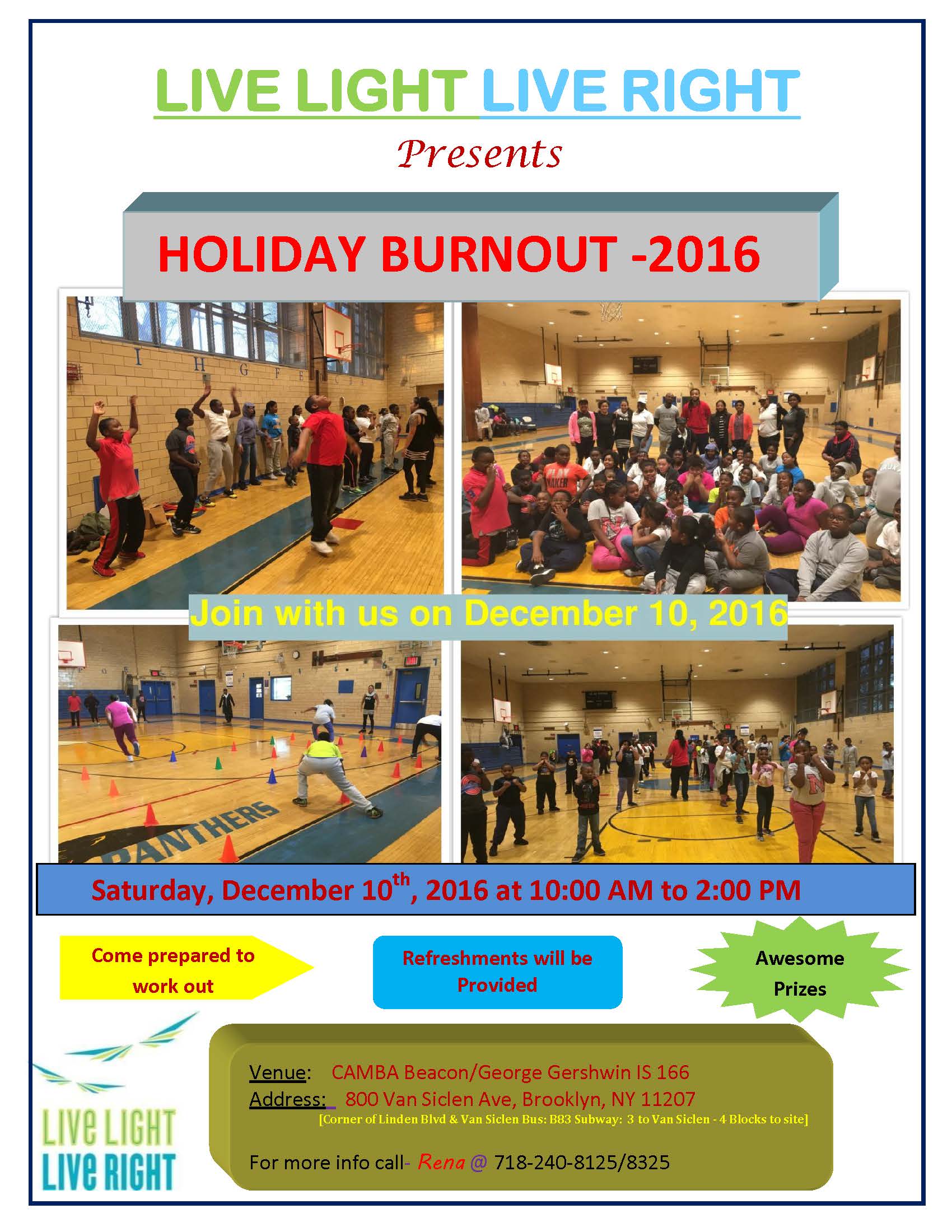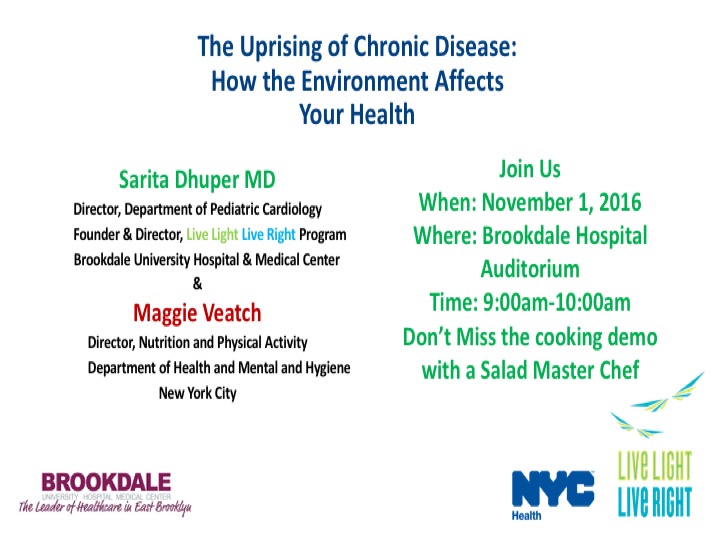The Scientific Report demonstrates that, across the full age spectrum, regular physical activity provides a variety of benefits that help us feel better, sleep better, and perform daily tasks more easily. The report also demonstrates that some benefits happen immediately. A single bout of moderate-to-vigorous physical activity can improve that night’s sleep, reduce anxiety symptoms, improve cognition, reduce blood pressure, and improve insulin sensitivity on the day that it is performed. Most of these improvements become even larger with the regular performance of moderate-to-vigorous physical activity. The newly documented health benefits also include reduced risk of excessive weight gain in adults, children, and pregnant women; improved cognitive function and a reduced risk of dementia; and reduced risk of cancer of the bladder, endometrium, esophagus, kidney, lung, and stomach. The report demonstrates, for the first time, physical activity-related health benefits for children ages 3 to 5 years. In addition, for the large number of adults who already have a chronic disease or condition such as osteoarthritis, hypertension, or type 2 diabetes, a reduced risk of developing a new chronic condition and reduced risk of progression of the condition they already have, plus improvements in quality of life and physical function
PUBLIC HEALTH IMPACT
The public health impact of insufficient physical activity and the potential gains from even small population-wide increases are substantial. The information contained in this report indicates that, in addition to a reduced risk of death, greater amounts of regular moderate-to-vigorous physical activity reduce the risk of many of the most common and expensive diseases or conditions in the United States. Heart disease, stroke, hypertension, type 2 diabetes, dementia, depression, postpartum depression, excessive weight gain, falls with injuries among the elderly, and breast, colon, endometrial, esophageal, kidney, stomach, and lung cancer are all less common among individuals who are or become more physically active. In addition, this report provides evidence that for some of these conditions, individuals who are or become more physically active, relative to their peers with the same condition, have a reduced risk of mortality, reduced risk of developing other chronic diseases or conditions, and reduced risk of progression of the disease they already have. They also have improved physical function and better quality of life.
Each of these conditions alone adds substantially to annual direct and indirect medical costs in the United States. Even small increases in regular moderate-to-vigorous physical activity, especially if made by the least physically active individuals, would appreciably reduce the nation’s direct and indirect medical costs. Quantification of the costs attributable to insufficient physical activity was beyond the scope of this Committee. It is clear, however, that the cost reductions would be large by any standards. More difficult to quantify, but equally as important, are the benefits associated with how individuals feel every day and the energy and vitality they have to carry out their daily lives. Placing dollar estimates on improved cognition across the full life span, better quality of life, fewer symptoms of depression and anxiety, enhanced quality of sleep, and improved physical function is difficult. In addition, monetizing these benefits likely cannot adequately describe the intangible societal benefits that derive from a happier and more energetic population.
More information please read the entire report
Take a look at our kids in action and contact us to get involved.
LLLR Kids And Some Healthy Competition






